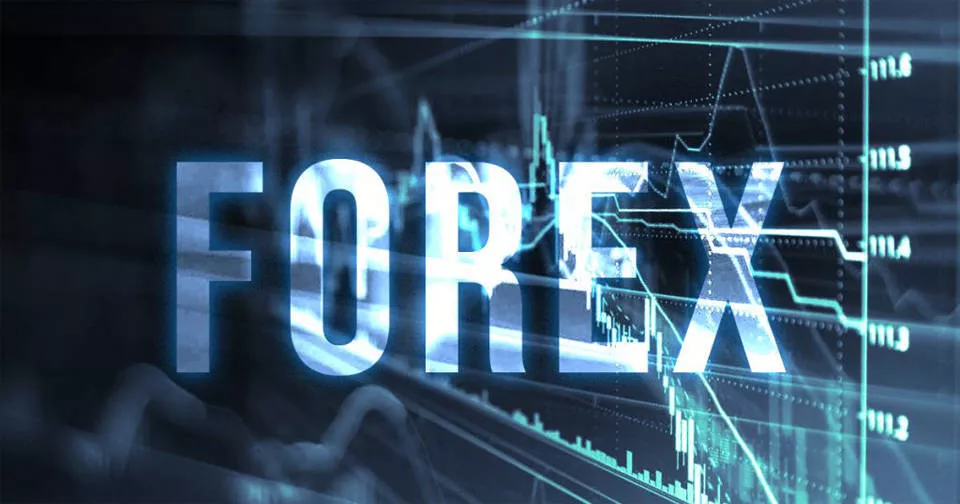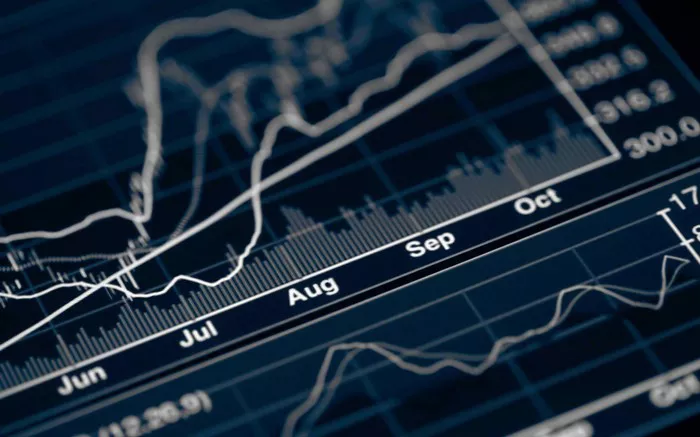US Treasury Secretary Scott Bessent has stated that the yield on 10-year government debt is a critical indicator for President Donald Trump’s goal of lowering interest rates. However, as Trump enters his second term, expectations for a significant drop in yields remain low.
Last Friday, yields rose again after the release of the monthly jobs report, which showed solid job growth in January, along with stronger-than-expected earnings growth. Additionally, inflation concerns are rising, with consumers expecting inflation to exceed 4% over the next year, more than double the Federal Reserve’s target, according to the University of Michigan’s survey.
Bond Traders Expect Elevated Yields
As a result of these developments, bond traders anticipate that yields will remain high and fluctuate within a certain range until there is more clarity on the economic outlook.
“The jobs report shows a resilient labor market, so there’s no pressure on the Fed to cut rates,” said Priya Misra, a portfolio manager at JPMorgan Asset Management.
The benchmark 10-year Treasury yield, a key indicator for consumer and corporate loans, has fallen from its early January peak. However, it remains nearly one percentage point higher than it was in mid-September. This rise follows concerns about tariffs, tax cuts, and a growing national debt, which have put pressure on Treasury prices. With inflation still high and the economy performing steadily, the Federal Reserve paused its rate cuts last month. Futures traders now expect the Fed to hold rates steady until September.
Trump’s Tariff Plans Add to Market Uncertainty
To further complicate the outlook, Trump announced plans to impose 25% tariffs on all steel and aluminum imports on Monday. He also hinted at introducing reciprocal tariffs later in the week on countries that impose taxes on US imports. These tariff proposals have added to inflationary fears and raised concerns about potential economic disruptions.
Last week, Bessent helped ease some market concerns by stabilizing the Treasury Department’s quarterly bond auctions and signaling that no changes would be made to auction plans for the next several quarters. However, analysts remain cautious, as Trump’s shift away from former President Joe Biden’s policies, especially his tariff proposals, creates uncertainty in the market.
The future of Trump’s tax cuts and their potential impact on the federal deficit also remains unclear, adding to the overall economic uncertainty.
Market Strategy: Caution and Uncertainty
“We are not in an environment where you want to make big bets,” said Ed Al-Hussainy, global rates strategist at Columbia Threadneedle.
Bloomberg’s Simon White notes that while Bessent has focused on keeping the 10-year yield low, this may conflict with Trump’s goal of reducing the trade deficit, which could ultimately lead to higher yields.
Upcoming Data and Auctions to Monitor
This week, the market will shift its focus to new 10- and 30-year Treasury auctions, which will serve as a gauge of market demand. Investors will also be paying attention to Federal Reserve Chair Jerome Powell’s testimony before Congress on Tuesday and Wednesday, which could offer further insight into the Fed’s stance on interest rates.
Additionally, the Labor Department will release the consumer price index (CPI) reading on Wednesday. Economists expect the CPI to show a 2.9% annual increase in January, matching the pace from the previous month, reinforcing the current inflation outlook.
Related topics:























